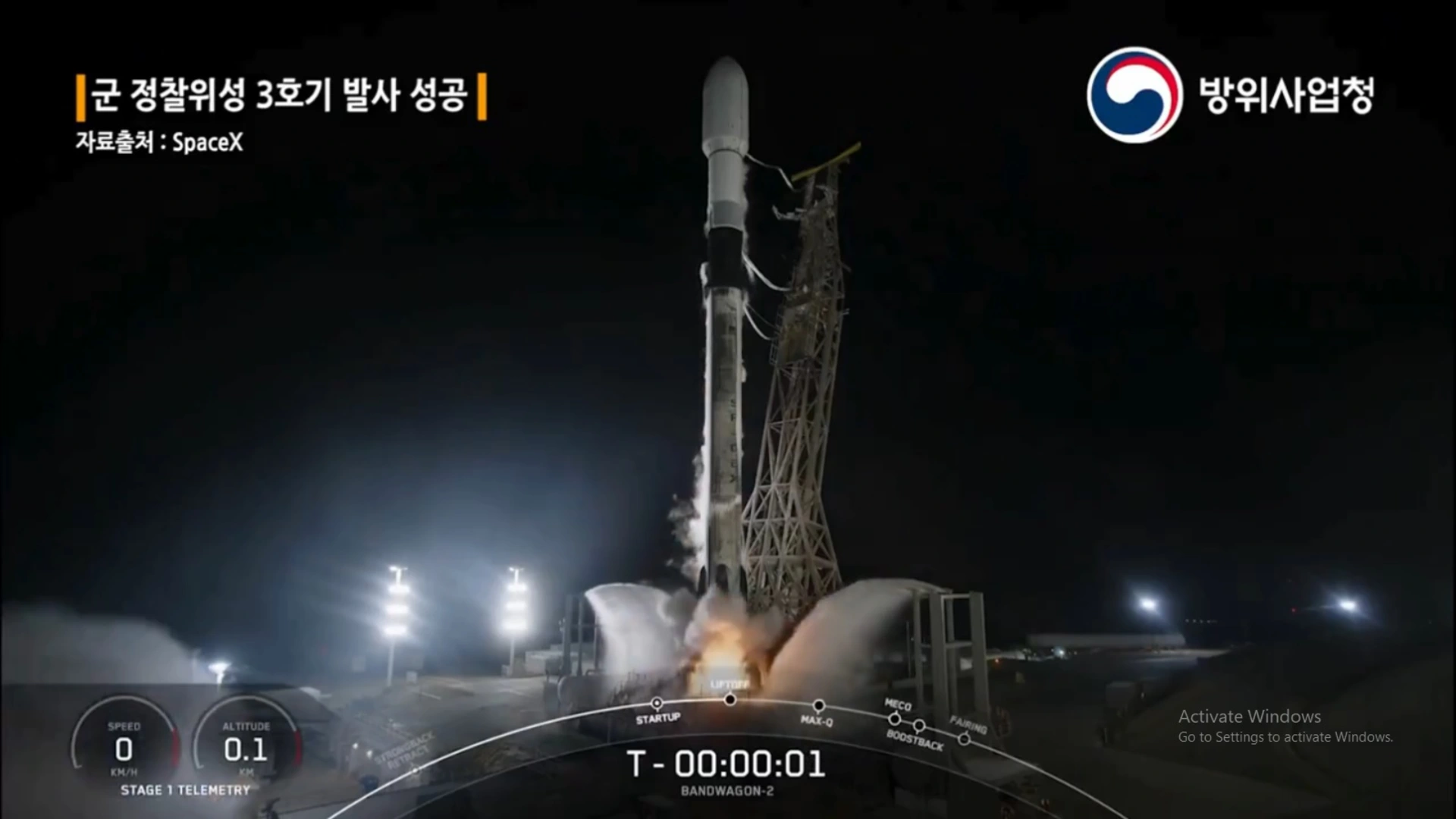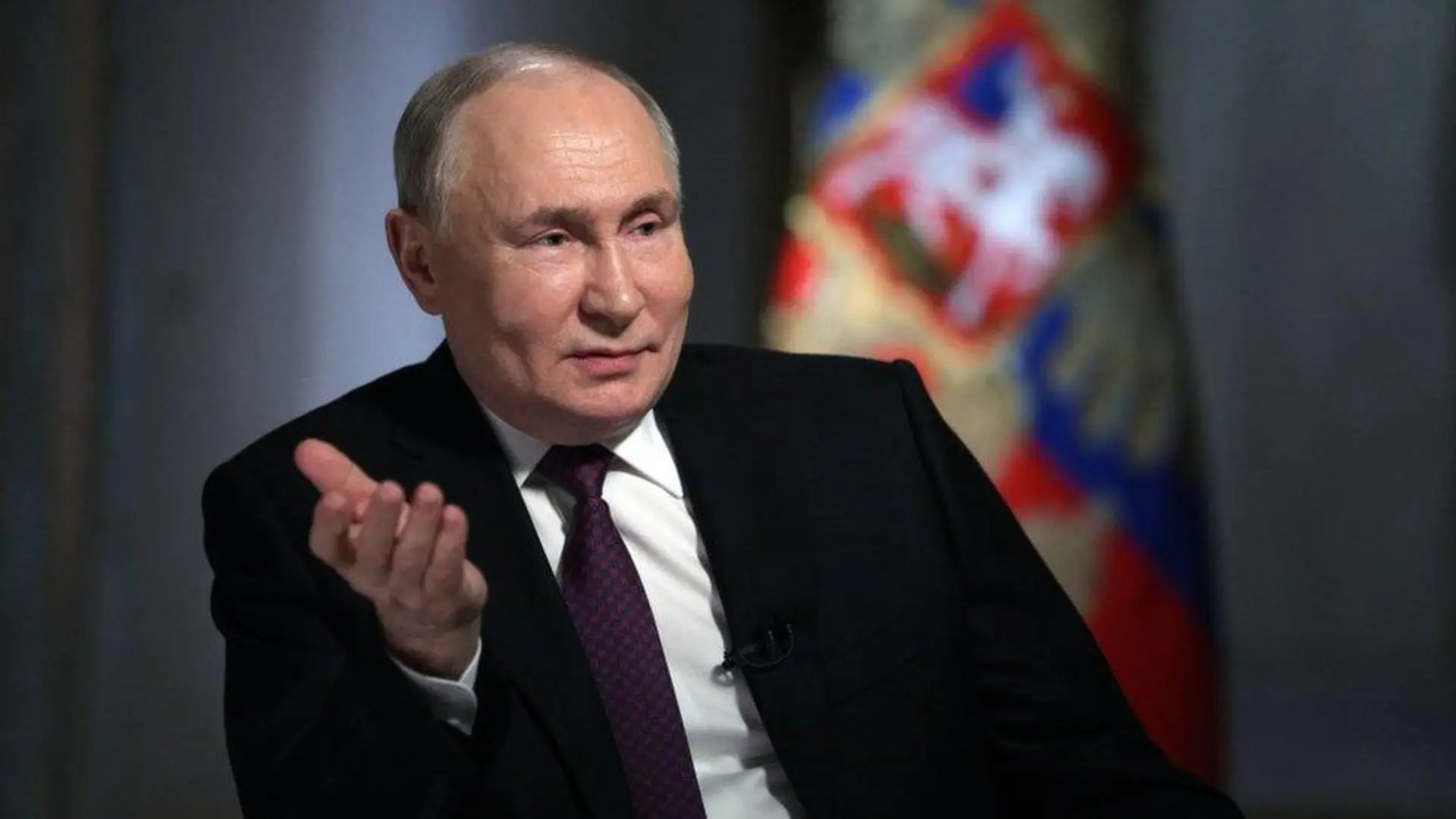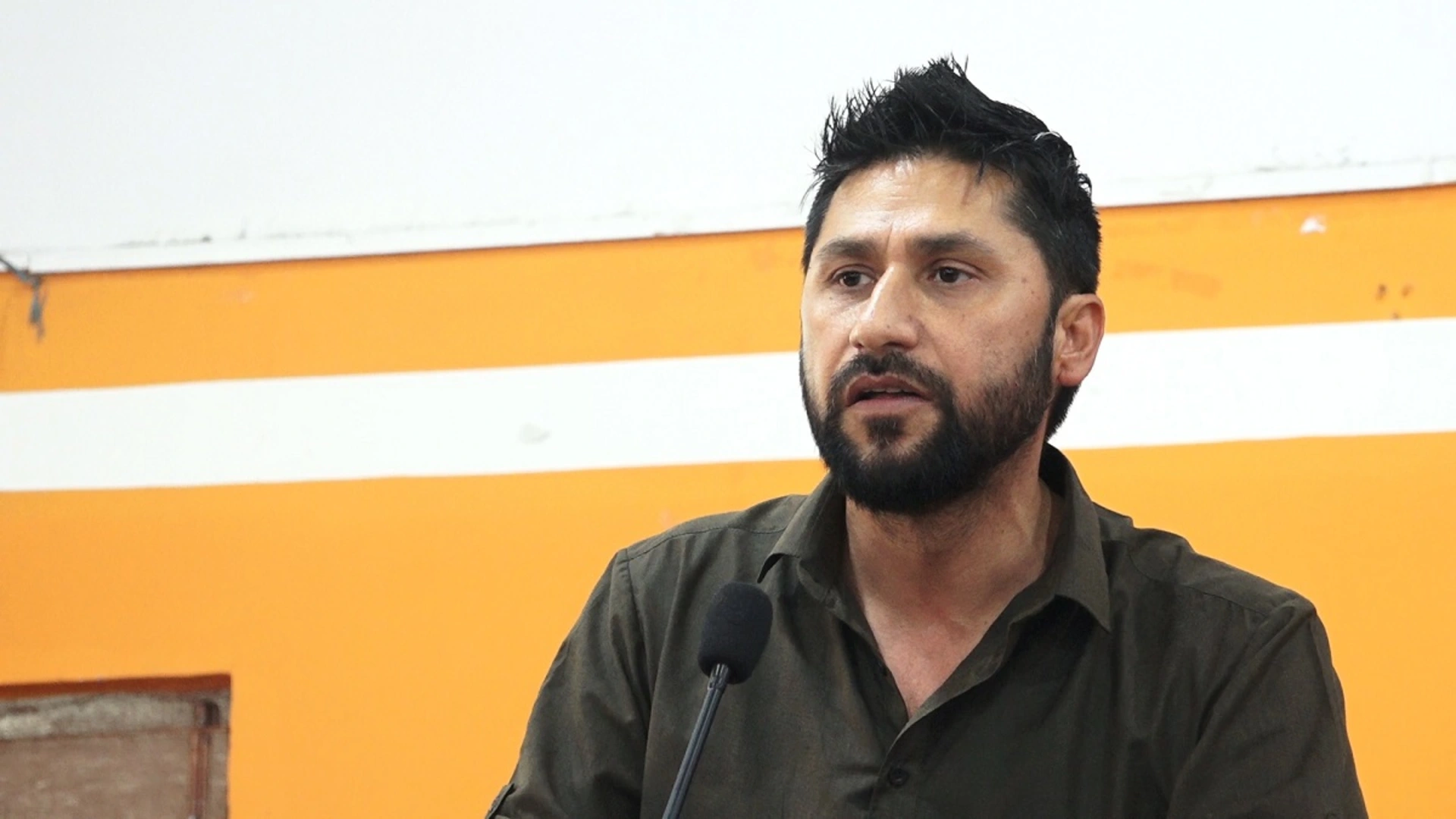‘A virus has ravaged the world. We have never seen or heard of a crisis like this. The only way for India to triumph over the crisis is to strengthen our resolve so that our resolve is even greater than this crisis.”
These words by Prime Minister Narendra Modi sum up the steely resolve of this government that converted various adversities into opportunities all through 2020 for a better 2021. PM Modi further said, “There is an unprecedented crisis but India will neither get tired nor give up the fight against the coronavirus. We have to protect ourselves and move ahead as well. The special economic package would be the main component of Aatmanirbhar Bharat (self-reliant India).This package is for migrants and farmers who work for the nation day and night, no matter the circumstances. The package will focus on land, labour, liquidity and laws. It will help small businesses, labourers, farmers. This will focus on the well-being of migrant workers too.”
Needless to add, PM Modi›s ambitious Aatmanirbhar Bharat package of almost Rs 30 lakh crore, tantamount to a solid 15 percent of India›s GDP, has been re-energising the economy across sectors by not only resolving supply chain disruptions but, more importantly, by boosting demand. As in the final analysis, demand resurgence is the fulcrum around which India›s economic momentum is taking shape.
The auto industry is a lead indicator and a precursor of where the economy is heading. Given the stellar auto sales of the last three months, it is safe to conclude that the Indian economy is gathering momentum. Maruti Suzuki, for instance, sold 1.64 lakh units in October 2020, which effectively means that Maruti sold more than four cars every single minute. Hyundai posted the highest ever November sales at 48,800 units in 2020, a growth of 9.4 percent, over the same month last year. Feedback from dealers suggests that demand for the SUV models of Creta, Venue and the newly-launched i20 has been so strong that the waiting period is anywhere between eight to sixteen weeks for these cars. Tata Motors also saw a big resurgence in demand, posting an impressive 108 percent growth, selling 21,641 units last month. The broader passenger vehicles segment in November 2020 saw a growth of 24 percent over the same period last year. Kia Motors and Honda saw a 50 percent and 55 percent growth in sales, respectively, in November year on year (YoY). Tractor sales surged by 48.34 percent in November 2020 to 89,530 units from 60,352 units a year ago, driven by a higher kharif output and good rabi sowing.
The Modi government’s focus on rural growth continues and outlay under Aatmanirbhar Bharat 3.0 will only boost rural incomes further. M&M, the tractor behemoth, for example, sold 31,619 tractors in the domestic market during November 2020, a superb growth of 55 percent over last year. Escorts Ltd registered a growth of 30.9 percent in tractor sales in November 2020. The dealer and depot stocks continue to be low, indicating that the demand resurgence in the last few months was driven by genuine retail sales and not merely limited to inventory restocking ahead of the festive season or the “base effect”.
The positivity continued for the two wheeler segment too, with Hero MotoCorp Ltd, the world’s largest two-wheeler manufacturer, selling 5.91 lakh units in November 2020, a 14 percent jump over last year. In the recently concluded festival period, over 14 lakh motorcycle units were retailed by Hero in just the 32-day period starting from the Navratras till Bhai Duj. Apart from auto sales, the index of industrial production (IIP) rose by 3.6 percent in October 2020, touching a 8-month high, with the manufacturing sector posting growth for the first time since February this year and expanding by a good 3.5 percent. The manufacturing category makes up 77 percent of the IIP. A 3.6 percent rise in the IIP after a 6.6 percent contraction in October 2019 is indeed a vindication of the return to normalcy.
Consumer durables saw a robust 17.6 percent growth in October, as compared to a 3.4 percent growth in the previous month of September and a 18.9 percent decline in October last year.
Consumer non-durables, comprising essential goods with a broadly non-elastic demand, grew by 7.5 percent in October. More importantly, the construction segment grew by a healthy 7.8 percent during the month. Capital goods also entered positive territory in October 2020, growing by 3.3 percent YoY, after 21 months of decline. Electricity generation rose by a solid 11.2 percent in October 2020 after rising by 4.8 percent in September.
The IIP data complements a set of other broad economic indicators such as generation of e-way bills and goods and services tax (GST) collections, indicating the restoration of momentum in economic activity, after months of disruption caused by the Covid pandemic. For example, for two months in a row, GST collections were Rs 1.05 lakh crore each in the months of October and November 2020. The total number of GSTR-3B returns filed for the month of November was 82 lakh. Again, e-way bill generation in November 2020 was steady at 55.3 million, after clocking an unprecedented 64.1 million in October 2020, which was the highest ever since the e-way bill system came into practice.
A major indicator of the resumption of economic activity in the country was Fastag payments or automated toll payments, which have been deployed across all national highways in the country. In February, NPCI reported 110 million toll transactions which dropped to 84 million in March and a mere 10 million in April 2020. However, in October, with highway traffic becoming almost normal, there were 122 million transactions reported with Rs 2,137 crore being collected in toll payments. Bharat Bill Payments or BBPS has been a silent beneficiary of the pandemic. The numbers reflect a similar trend. If January 2020 saw around 15 million bill payments being done monthly, for October, the number jumped 58 percent to 23.7 million with almost Rs 4,000 crore being paid digitally. Also, the amount of bills paid digitally has jumped over 200 per cent versus data for the same time period last year. RuPay card usage for online transactions continued to hold steady at the 60 million level throughout the year, which is a good sign. In the festive October month, the amount of money paid through RuPay cards reached Rs 8,753 crore, up 55 percent from Rs 5,644 crore at the beginning of the year.
Again, net new enrolments with retirement fund body EPFO rose by 56 percent to 11.55 lakhs in October, as compared to 7.39 lakhs in the same month last year, showcasing the steadily rising trend in formal sector employment despite the pandemic. The net payroll additions were 14.19 lakhs in September 2020. Earlier, for April this year, net new enrolments stood at just 1 lakh. Hence, the recent buoyancy in payroll numbers is certainly a big step forward.
FDI inflow increased to $55.56 billion in 2015-16, $60.22 billion in 2016-17, $60.97 billion in 2017-18 and the country registered its highest ever FDI inflow of $62.00 billion in 2018-19. Moreover, India has attracted more than $74 billion in investments across sectors during 2019-20. Total FDI inflow into India in the last 20 years (April 2000- August 2020) is $693.3 billion, while the total FDI inflow received in the last 5 years alone (April 2014-September 2019) is $335 billion. What this means is that 48.34 per cent of the total FDI inflow into India in the last 20 years came in just the last 5 years of the Modi government. Clearly, Modinomics has resonated exceedingly well with international investors, given PM Modi’s landmark labour market, agrarian, banking and coal sector reforms.
During the financial year 2020-21, the total FDI inflow of $35.73 billion, received in just the first five months, is the highest ever in a financial year and 13 percent higher, compared to the first five months of 2019-20. Foreign portfolio investors (FPIs) also pumped in a record Rs 1.42 lakh crore into Indian equities—the highest level of such investment in a calendar year since 2002—thereby, giving a huge thumbs-up to Prime Minister Modi›s excellent management of the challenges arising from the pandemic. Bank credit for the fortnight ending November 6, 2020 grew by 5.67 percent to Rs 104.04 lakh crore, while deposits increased by 10.63 percent to Rs 143.80 lakh crore.
In a recent report, the RBI too highlighted the strong economic recovery, showcased by high frequency indicators like credit growth and corporate earnings. Corporate profits rose 15 percent to touch an all-time high in the September quarter, as margins widened on better utilization levels. Earnings before interest, tax, depreciation and amortisation (Ebitda) touched an “all-time high” of Rs 1.60 lakh crore in the September 2020 quarter, as against Rs 1.02 lakh crore in the preceding June quarter.
The RBI, however, underlined that the only ‘worm in the apple’ is inflation. Worries about retail inflation have, however, started abating, given that retail inflation fell to 6.93 percent in November, against 7.61 percent in October. Food inflation also fell from 6.37 percent to 3.94 percent in this period. As per the RBI, retail inflation should fall to 5.8 percent in the fourth quarter of this financial year and thereafter, decline even further and settle in the range of 4.6-5.2 percent in the first quarter of the next financial year.
If there is one thing that PM Modi has been consistently emphasising throughout 2020, it is the concept of «Vocal for Local». Last year, India produced more than 330 million mobile handsets and is the second largest mobile manufacturer in the world today. Xiaomi India Head Manu Kumar Jain acknowledged that 99 percent of Xiaomi›s phones are ‘Made in India’ and 65 percent of the parts are locally sourced. Again, out of Xiamoi›s 35,000-strong workforce, 95 percent are women! Global tech giant Apple is also keen on making India its manufacturing hub, with Apple contractor Foxconn assembling the iPhone 11 at Chennai earlier this year, apart from Pegatron and Wistron assembling other variants of the iPhone in other locations in India. This is a part of Apple›s plan to shift over 20 percent of its production volume to India, as India is more cost competitive, compared to China.
Prime Minister Modi, at the 125th CII session a few months back, said, “For making India self-reliant, five things are necessary—Intent, Innovation, Investment, Inclusion, Infrastructure. I would rather go beyond ‘Getting Growth Back’ and say, ‘Yes, we will definitely get our growth back’. For us, reforms mean having the courage to take bold decisions and ensure that it is implemented in a time-bound manner. India must reduce its dependence on imports and ensure that we make products in India. Products must now be ‘Made in India’ and ‘Made for the world’. We must first create a robust local supply chain to help India play a key role in the global supply chain. We have been working continuously to create a favourable ecosystem for investment and business. Lakhs of MSMEs in India are the engines of India›s overall growth. Today, the rest of the world holds India in high regard and has trust in our country. The world is looking for a trustworthy partner. India has the potential and capability to ensure that we are that partner.” These profound and sincere words from PM Modi clearly highlight the modern, globally competitive and India-centric approach of Modinomics.
To cut to the chase, green shoots in the Indian economy have taken firm roots, especially with the pace of GDP contraction slowing in the September quarter to 7.5 percent, from 23.9 percent in the June quarter. Manufacturing PMI hit a 12-year high in October 2020 with a reading of 58.9 and November too saw a steady reading of 56.3. Apart from that, with REPO at a 58 year low of 4 percent, forex reserves are at a historic high of $581.131 billion and the Modi government is doing a brilliant job of managing Covid, with India’s case fatality rate (CFR) standing at 1.45 percent, the lowest in the world, and the recovery rate at almost 96 percent, among the highest worldwide.
All in all, the Indian economy is on the cusp of a big turnaround. While the IMF estimates an 8.8 percent GDP growth for India in the next financial year, Nomura predicts 9.9 percent and Goldman Sachs a massive 13 percent GDP growth. Clearly, PM Modi›s big bang structural reforms are bearing fruit.
The writer is an economist, national spokesperson for the BJP and the bestselling author of ‘Truth & Dare: The Modi Dynamic’. The views expressed are personal.






